My personal opinion is that God was having a most excellent day when He created the kestrel. They’re little works of art—little masterpieces, plain and simple.
So why all the info overload on SEAKs?
LWR received a male SEAK Tuesday of last week, and he’s a beauty! He came in with a left wrist fracture; I was pretty sure it was right in the joint. X-rays on Wednesday confirmed my suspicions and also showed lead fragments. Given that dove season started in Georgia on Sept. 7, he was probably collateral damage from the “spray and pray” hunters over some dove field. Nevertheless, it IS a GSW (gunshot wound) and so it was reported to the state and feds as potential illegal activity, although everyone seems to agree with my assessment of collateral damage, i.e., non-intended consequences of sloppy hunting habits. (Although honestly and to be fair, as small as doves are, “spray and pray” is about the only hunting method available, I guess…)
And after some initial fussing and pulling wraps off, he’s decided the fourth version is “tol’able” and mostly leaves it alone now, which is good—the less I have to handle that wing while it’s healing, the better for him. However, he does have to sit in a cage all day using a knitted nest as a soft perch, so he alleviates his boredom by shredding the paper towels lining the cage. He’s quite good at it; I’ve debated giving him a job as a sensitive document shredder, as he’d work cheap. (JOKING, people—JOKING!)
As you can plainly see, I’m quite enamored of this feisty fellow and am hoping he continues to thrive and heal so we can see about his placement as an ed bird—but the most important thing right now is for that wing to heal; his future depends on that. First things first.
Monday a common nighthawk came in with a totally trashed wing; there was nothing to do but euthanize immediately.
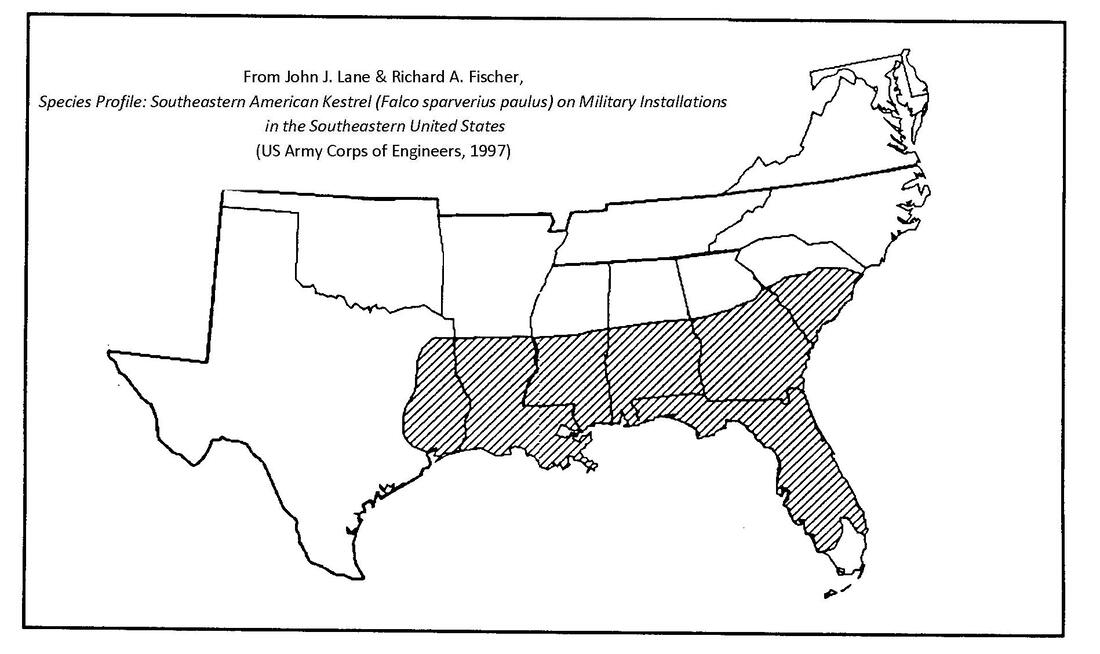
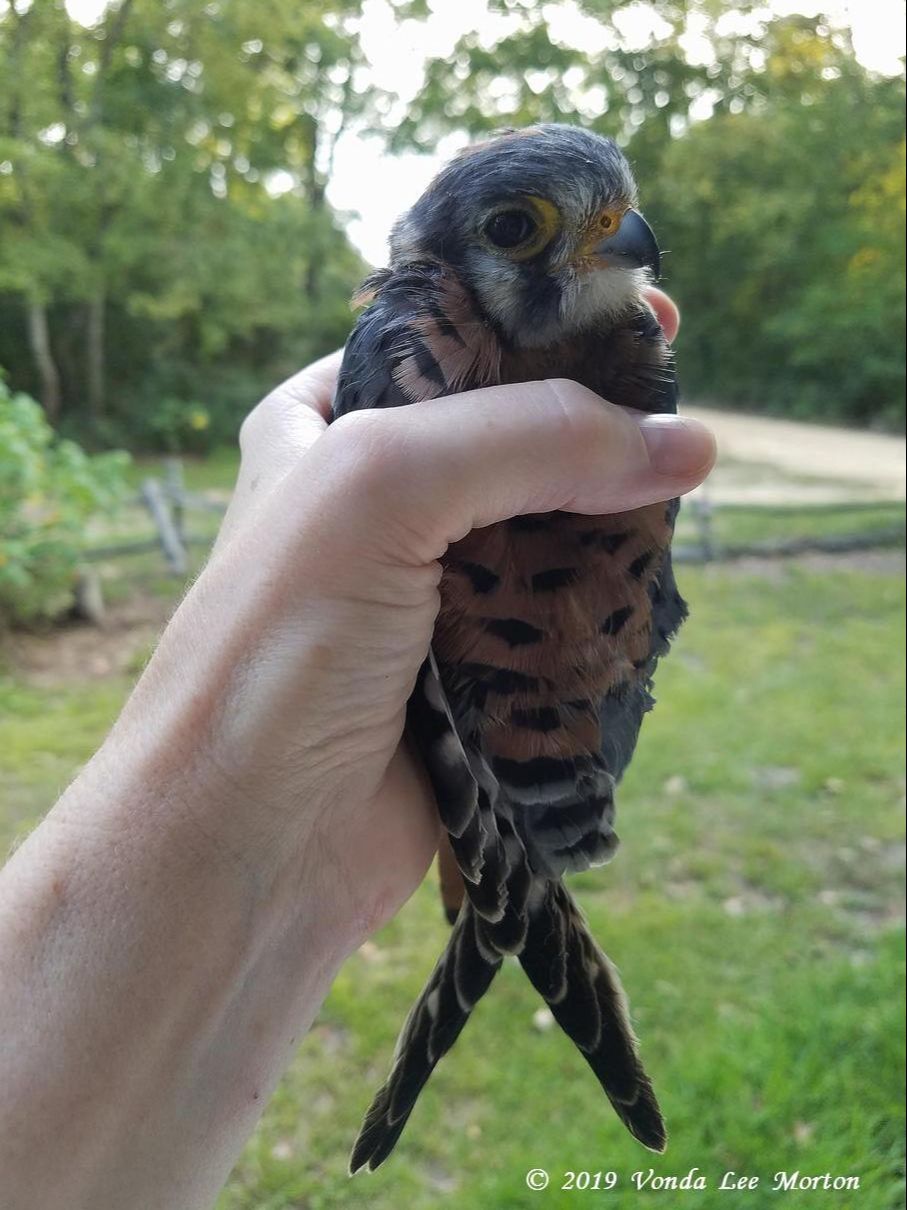
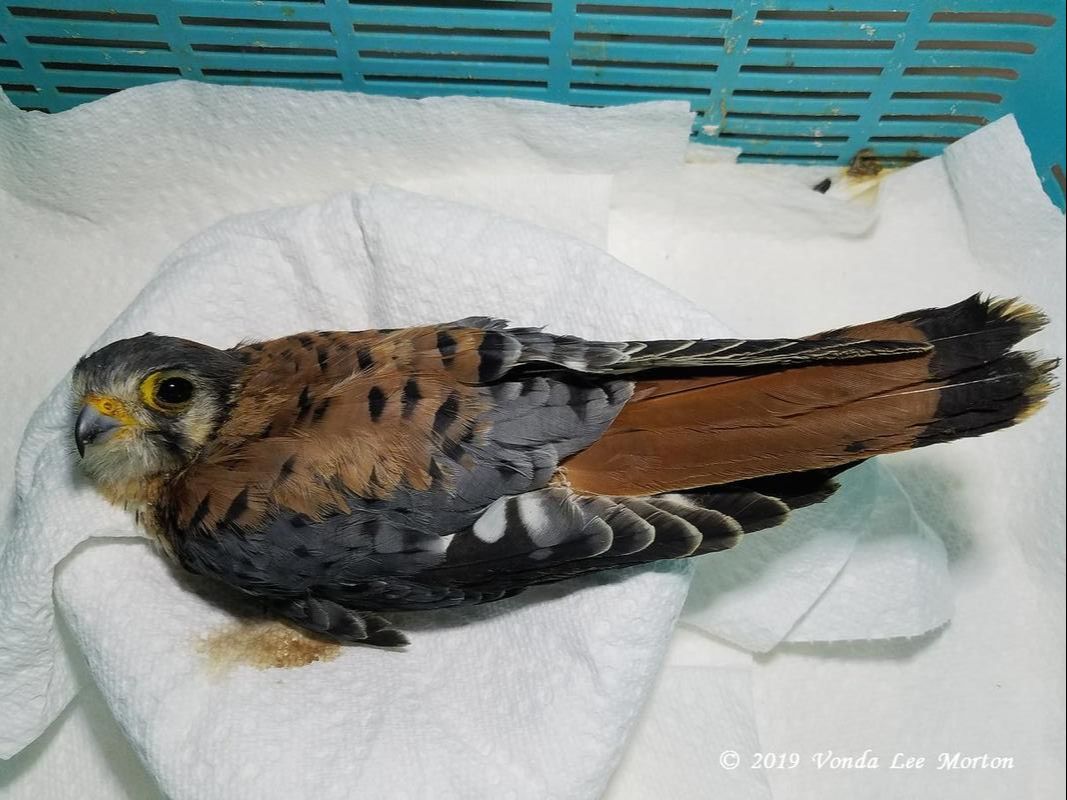

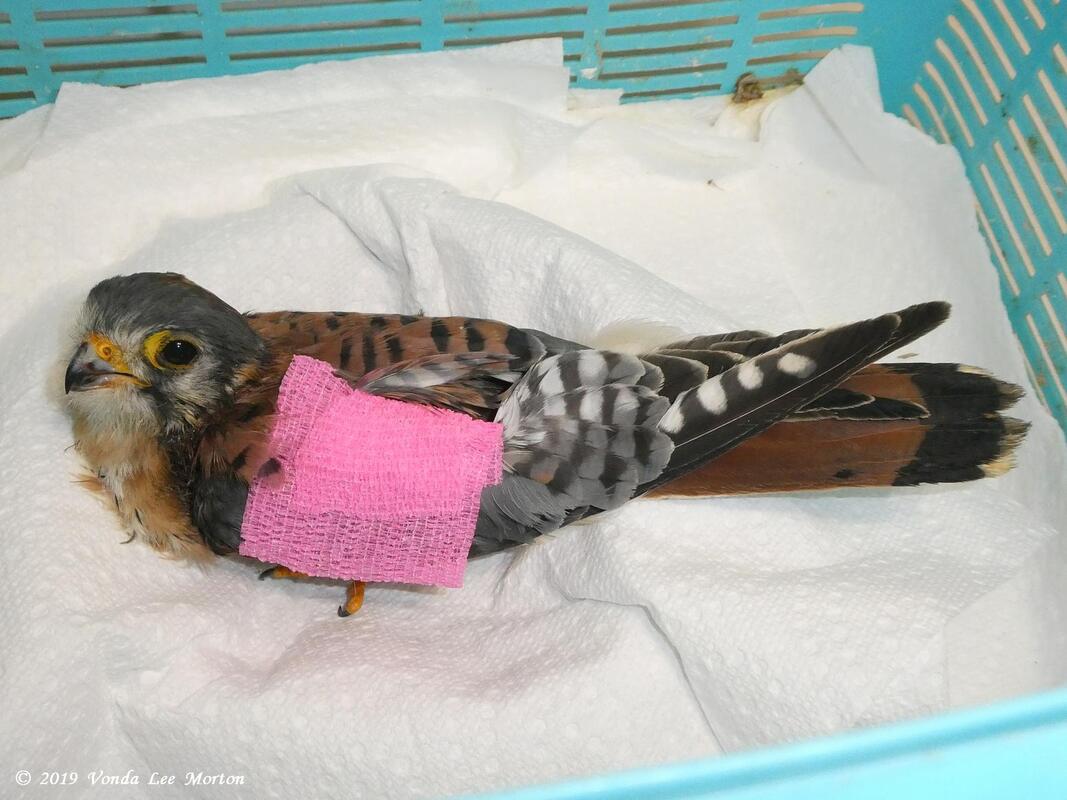
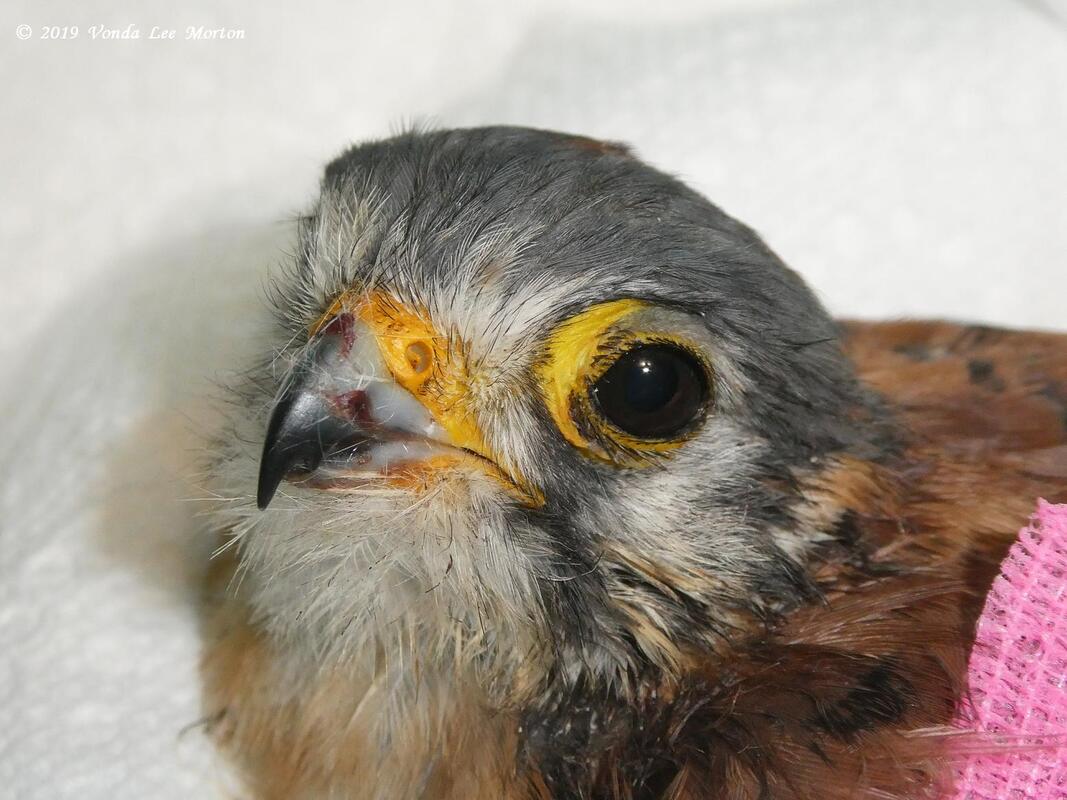

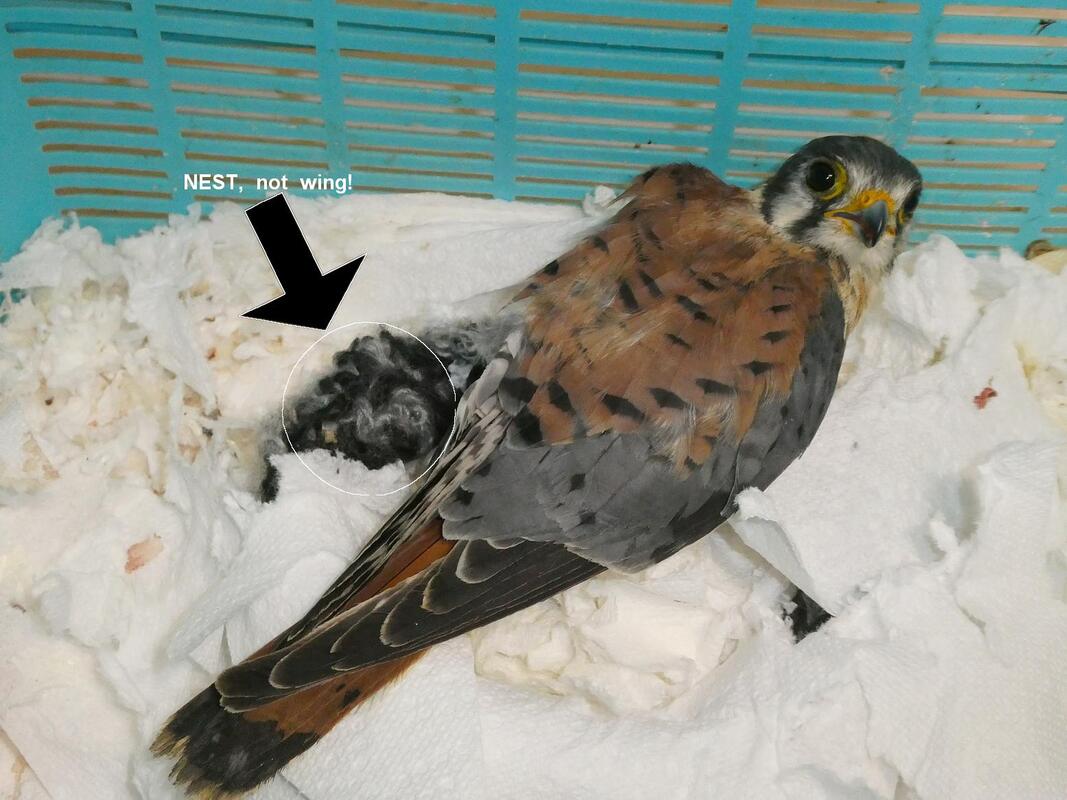
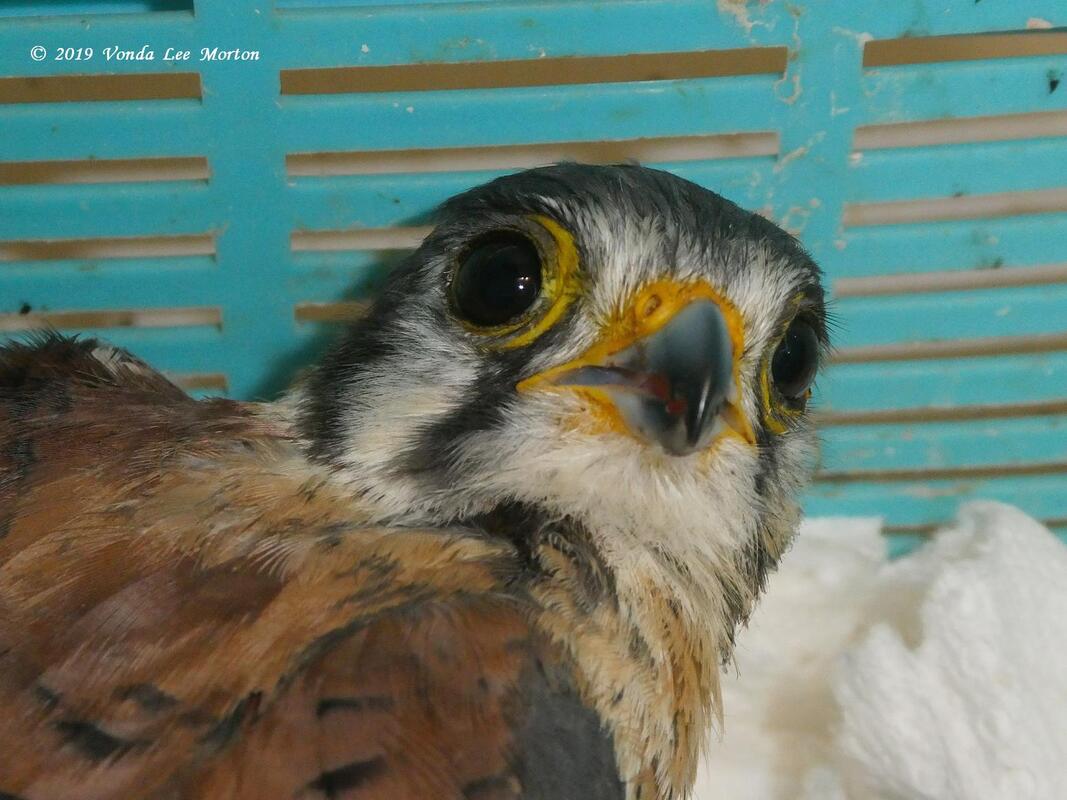

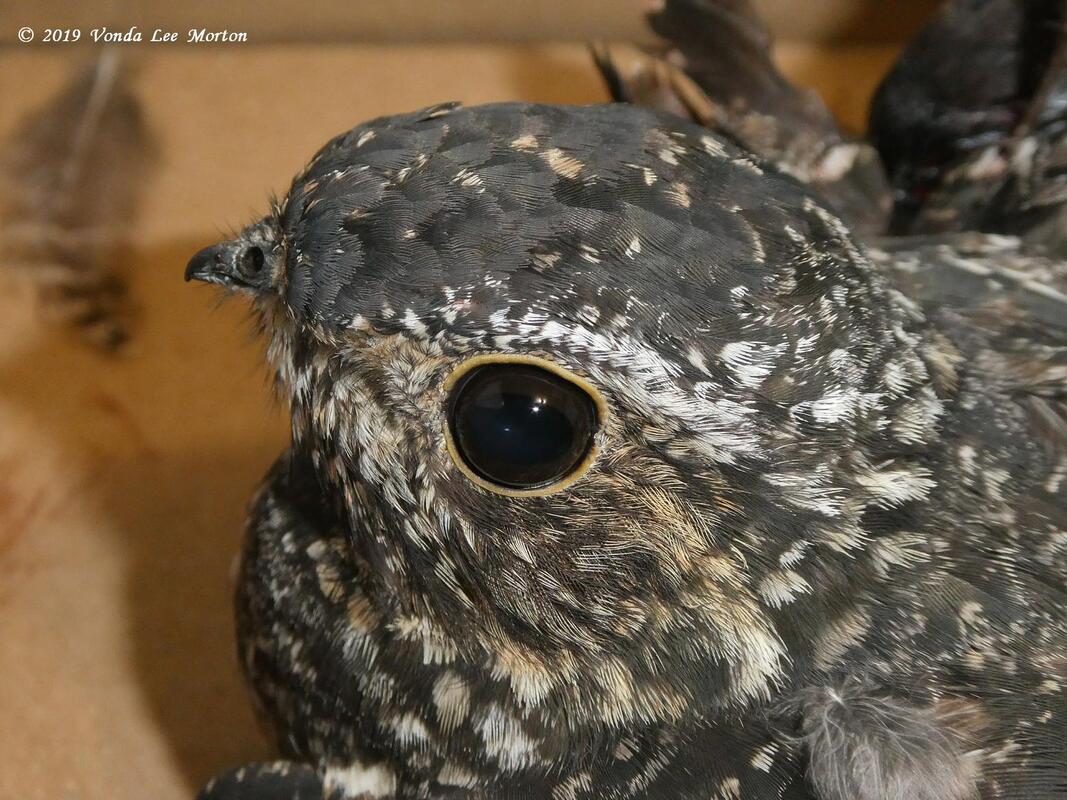
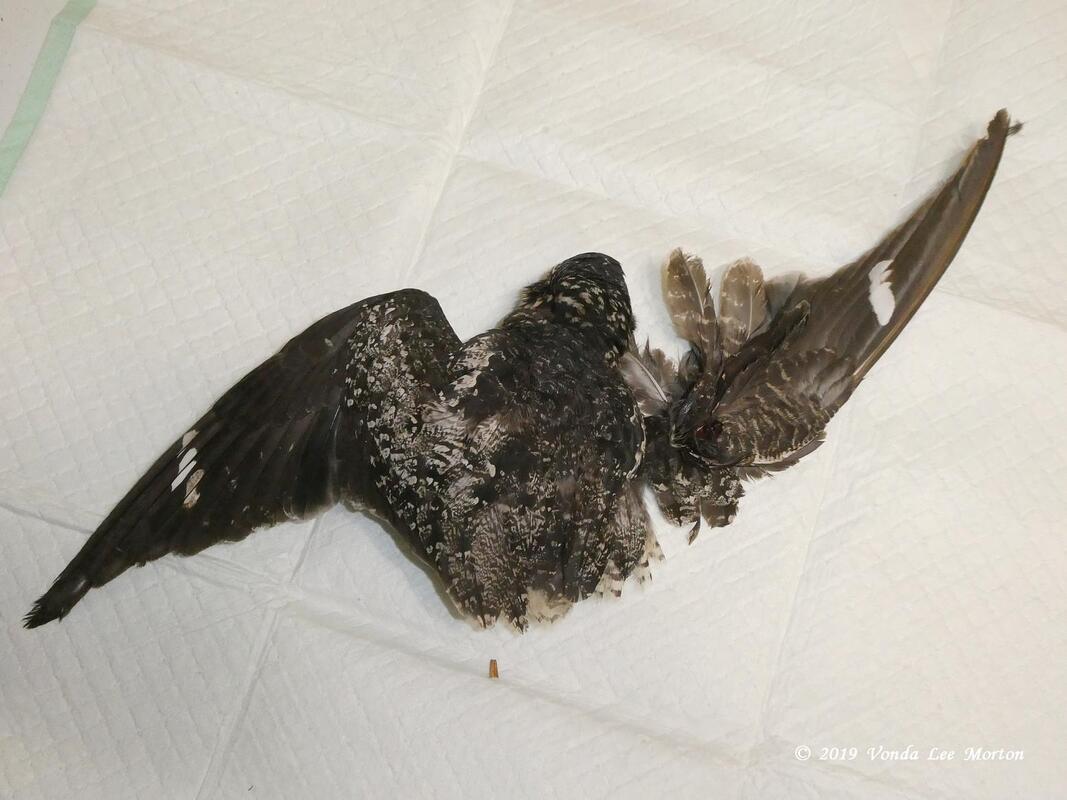
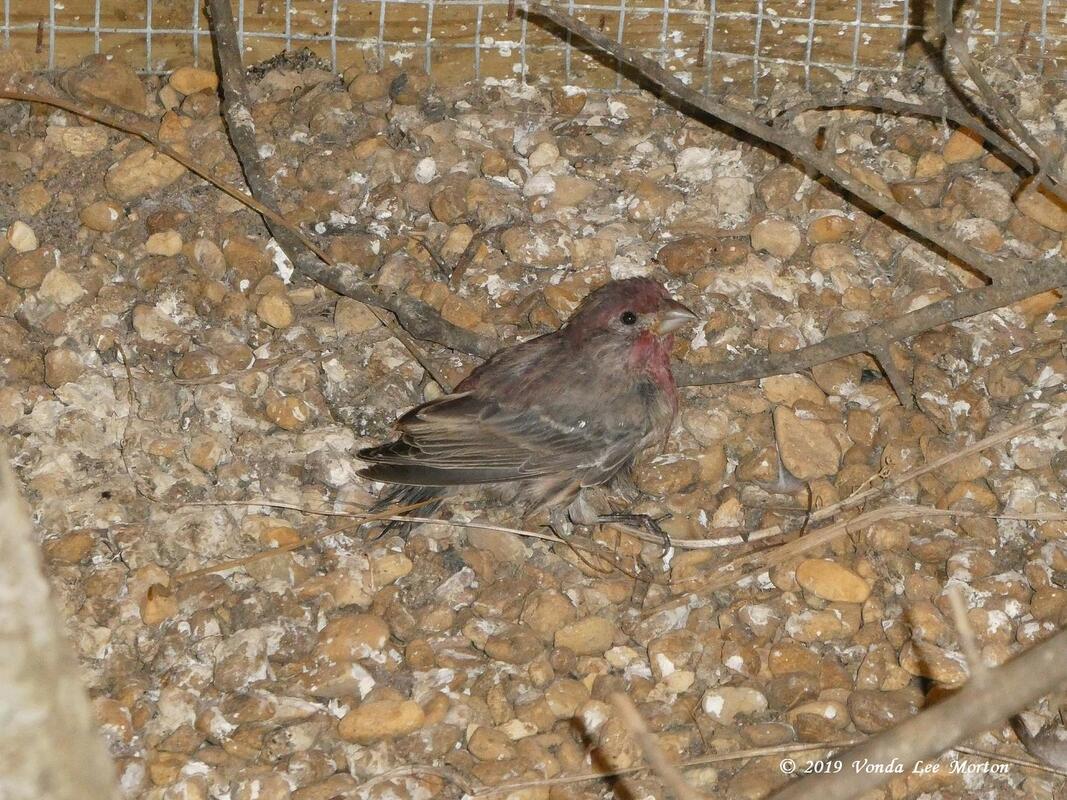
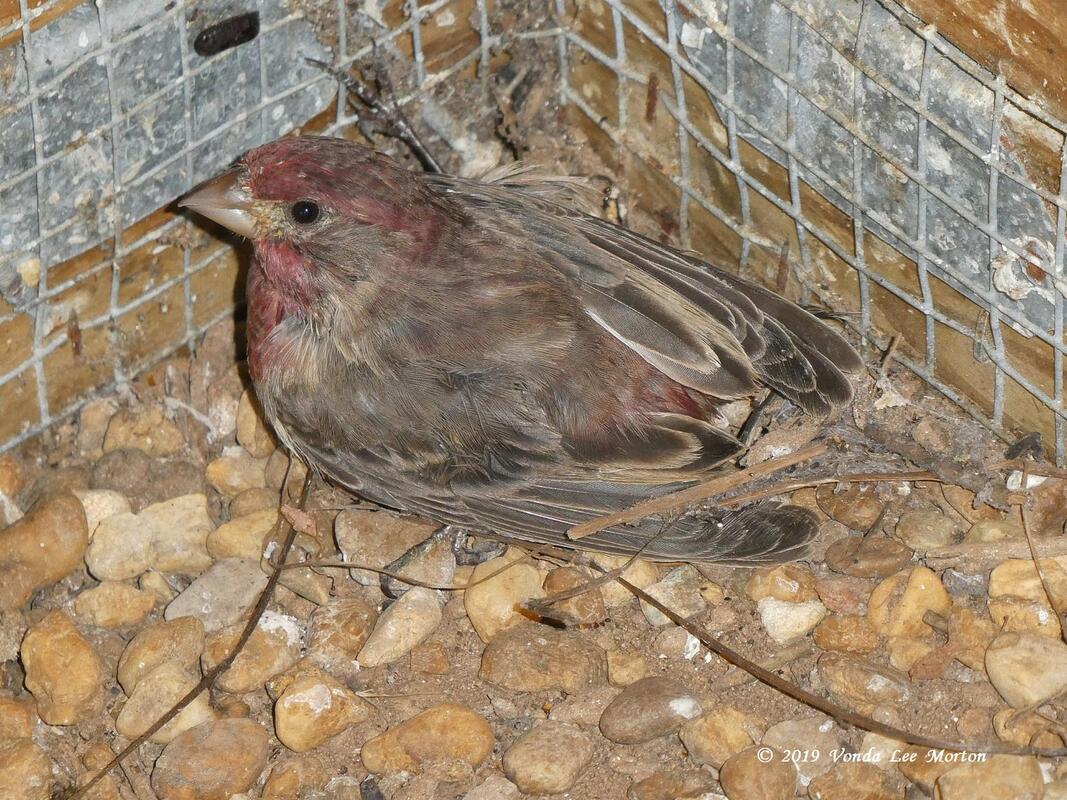
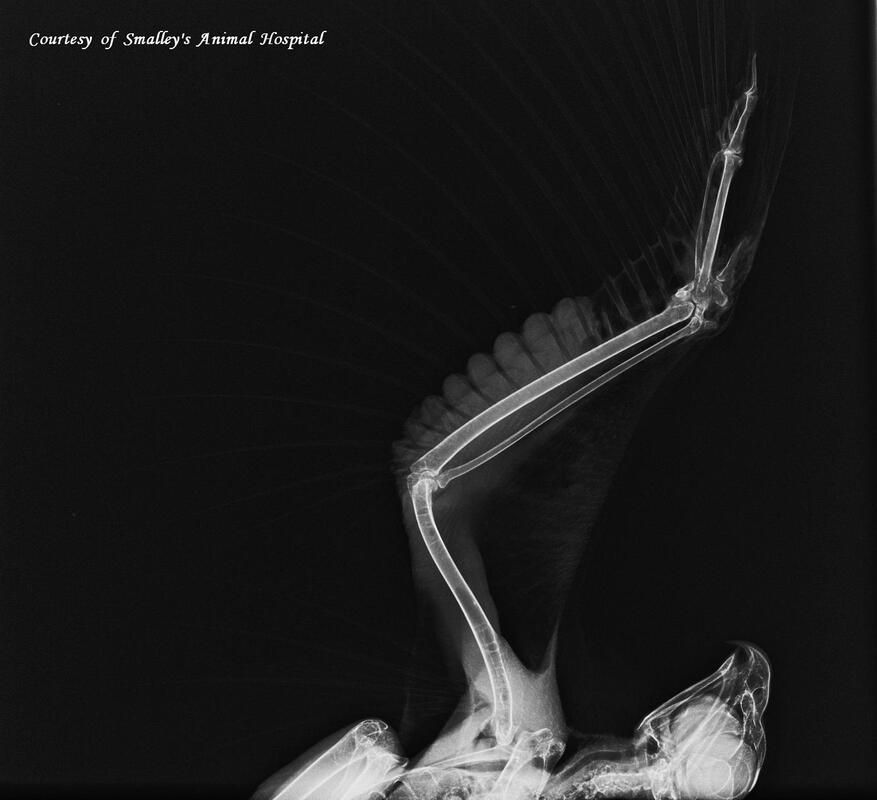
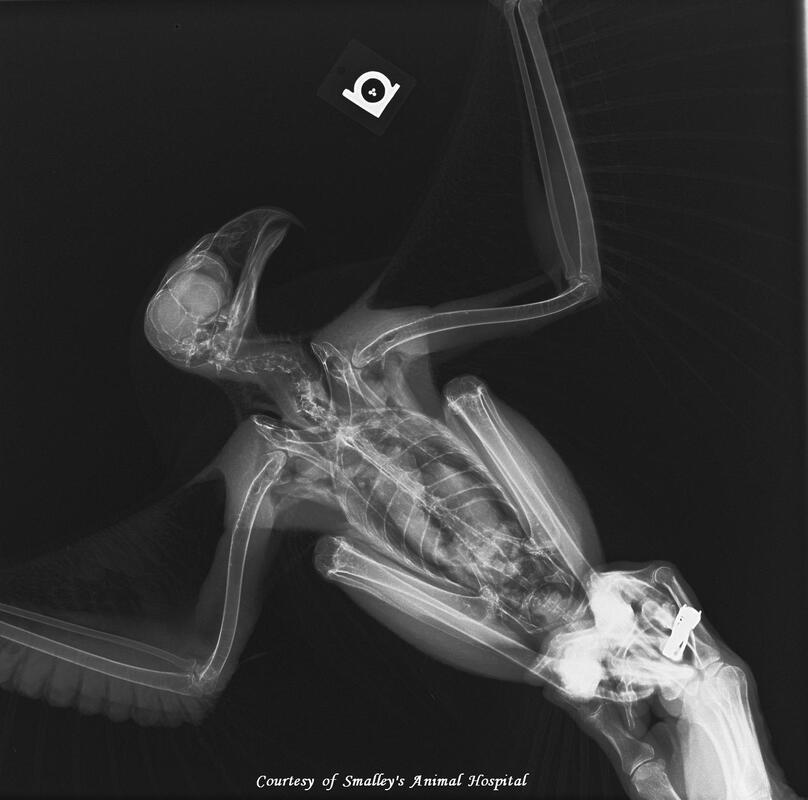
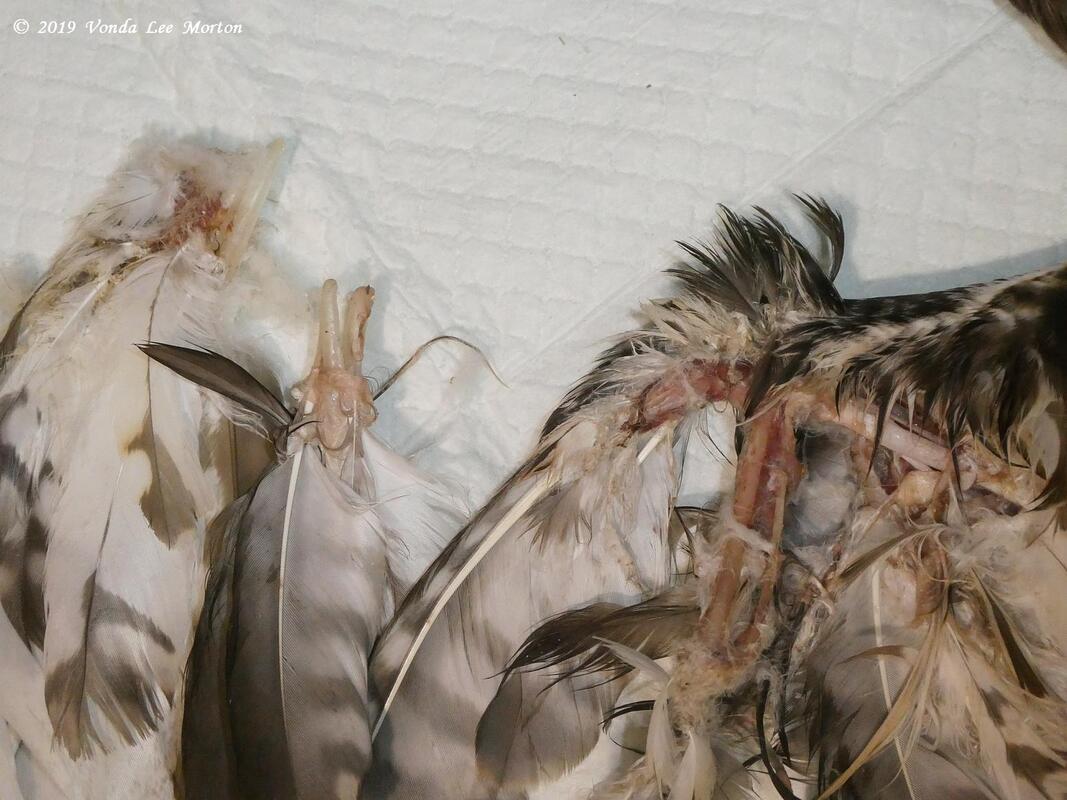

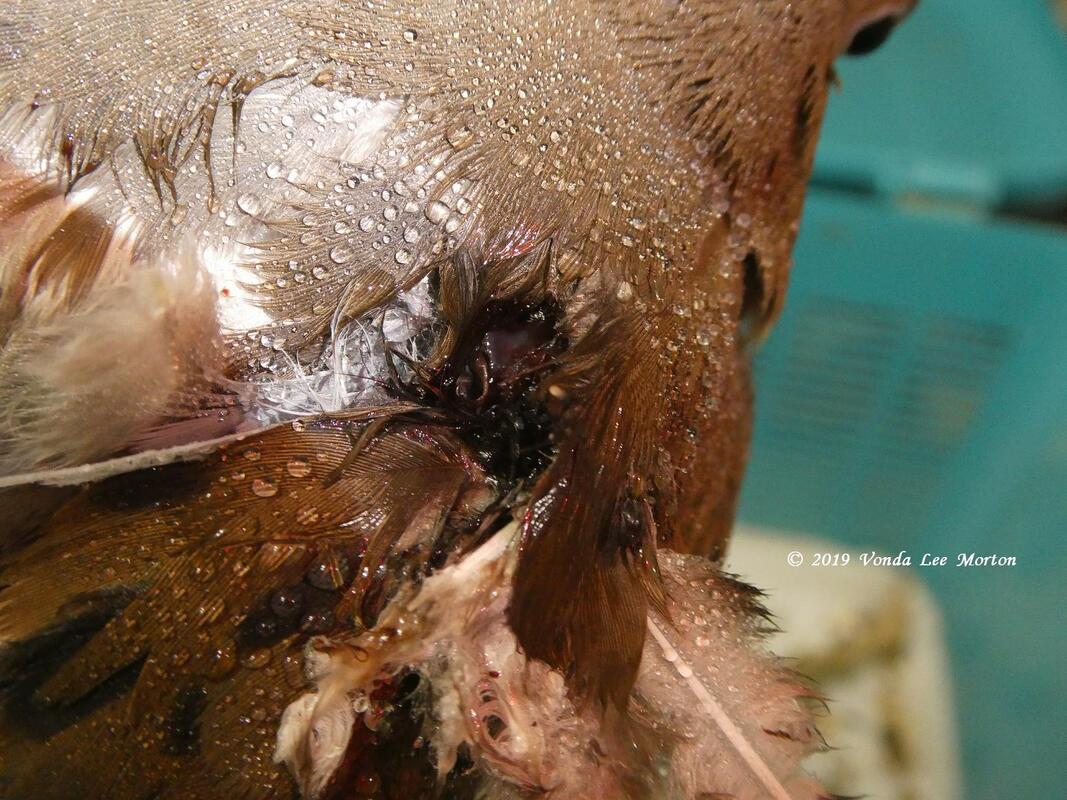
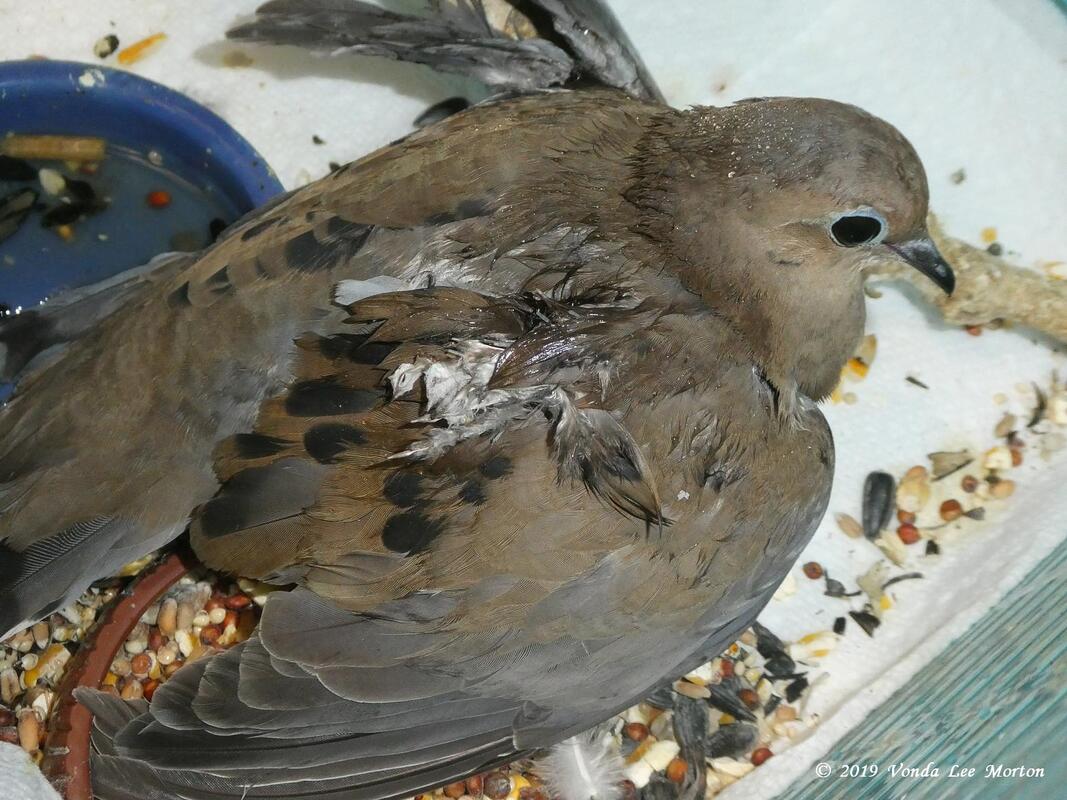
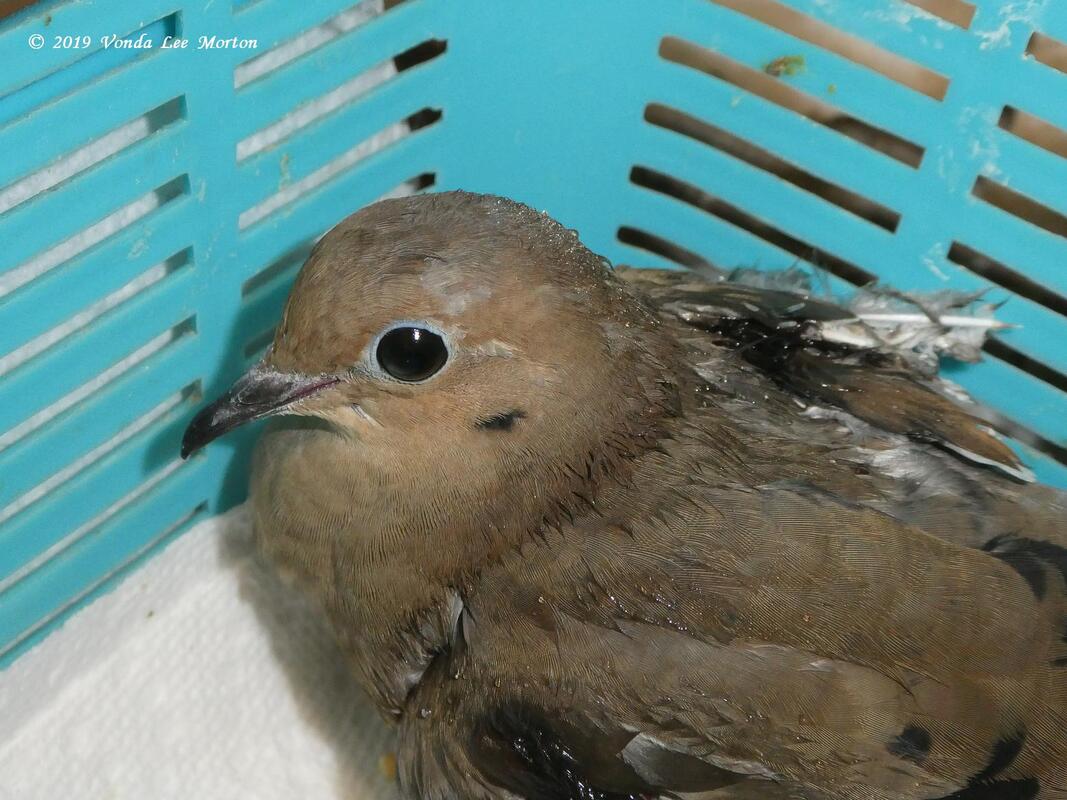
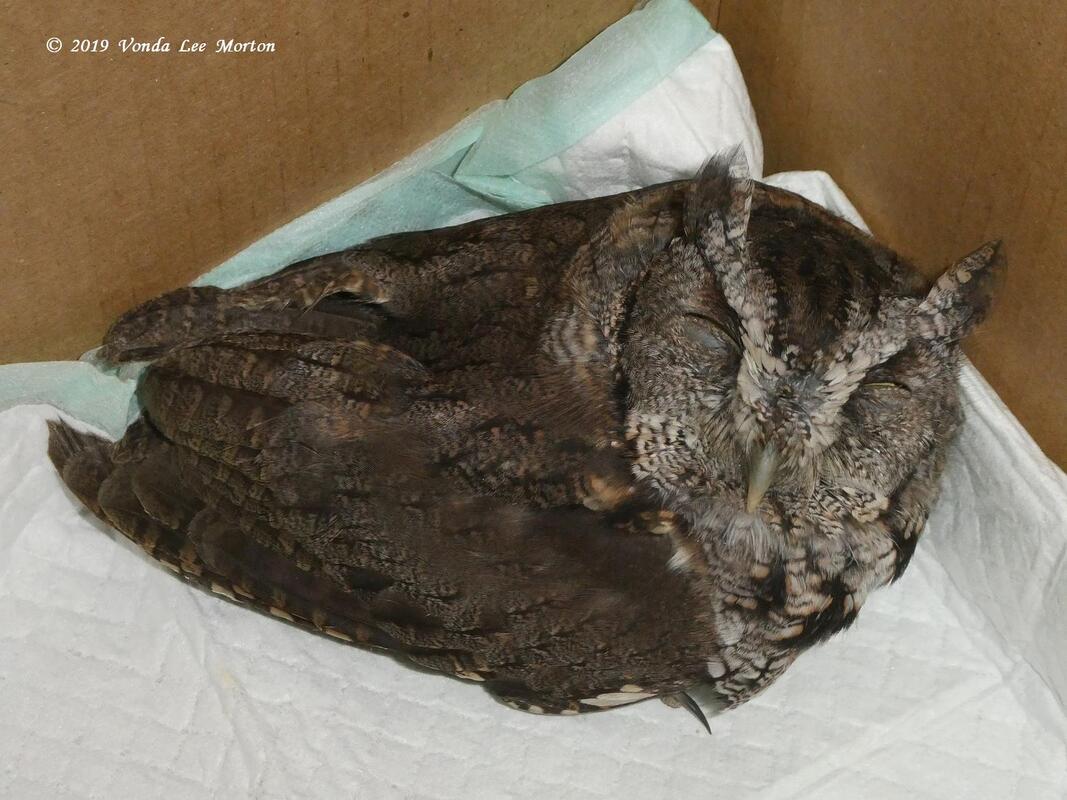
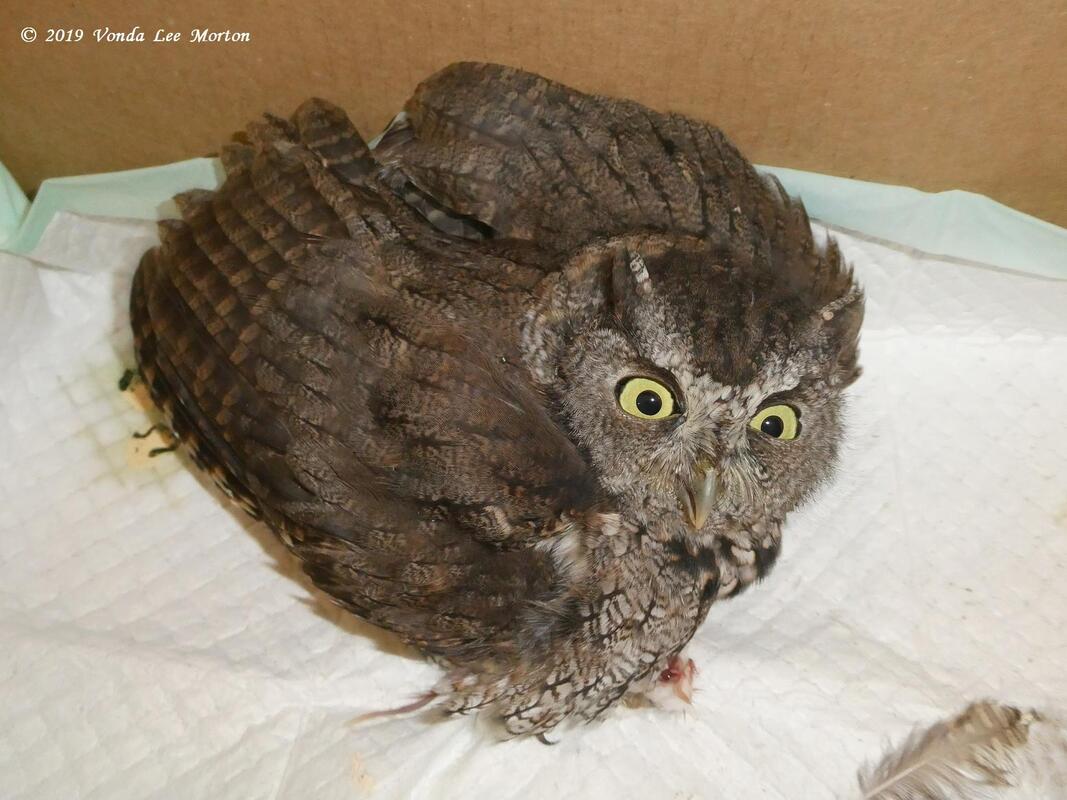
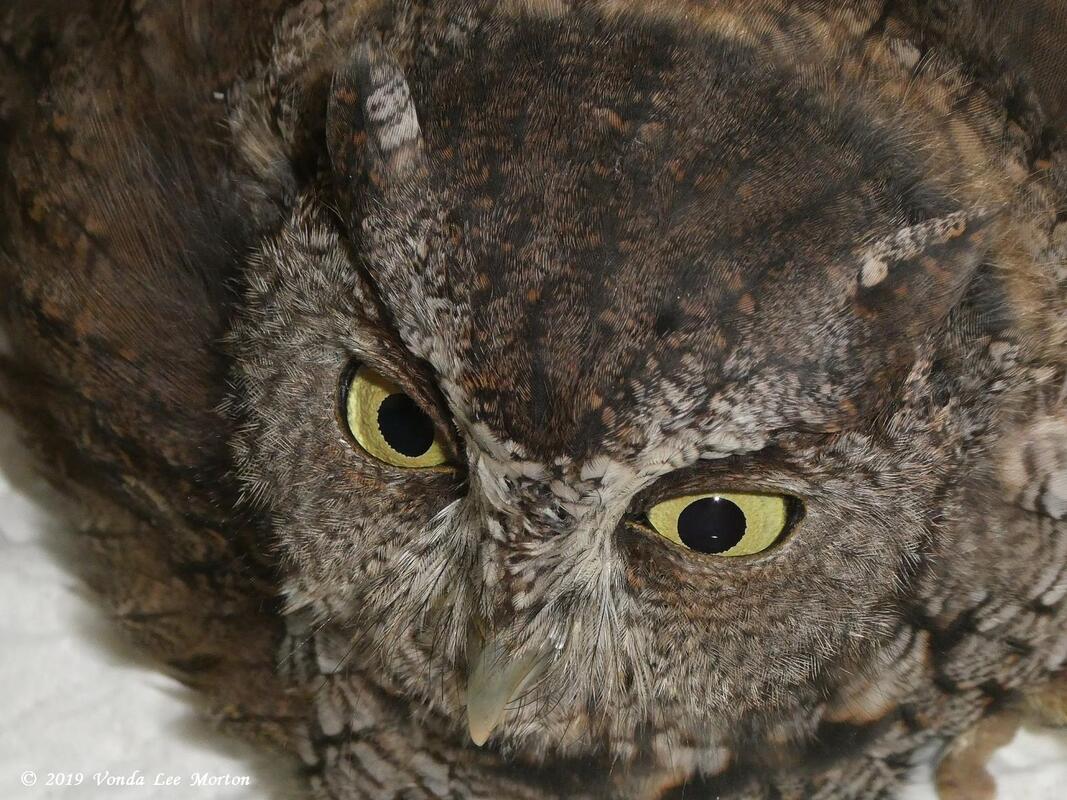
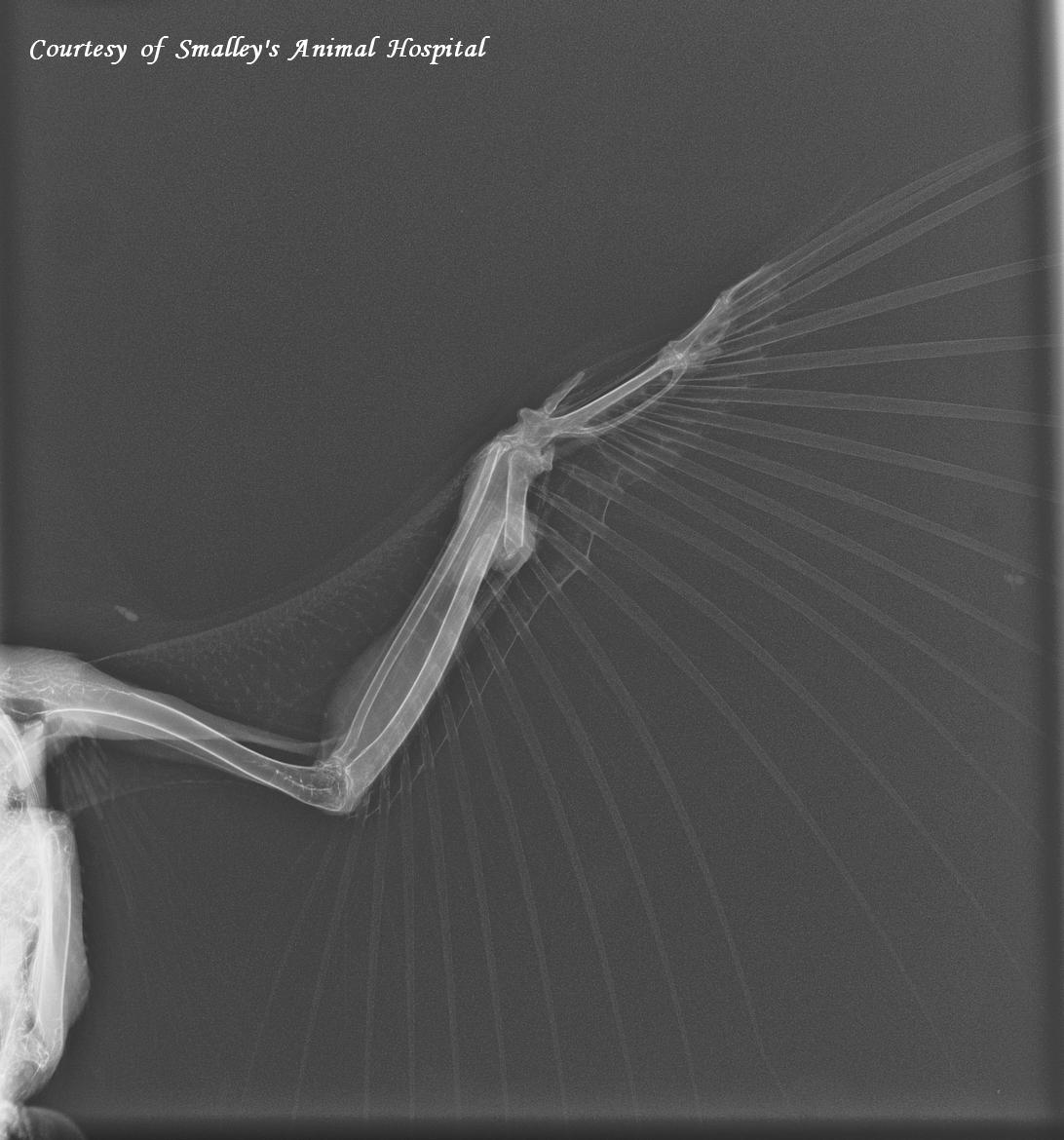
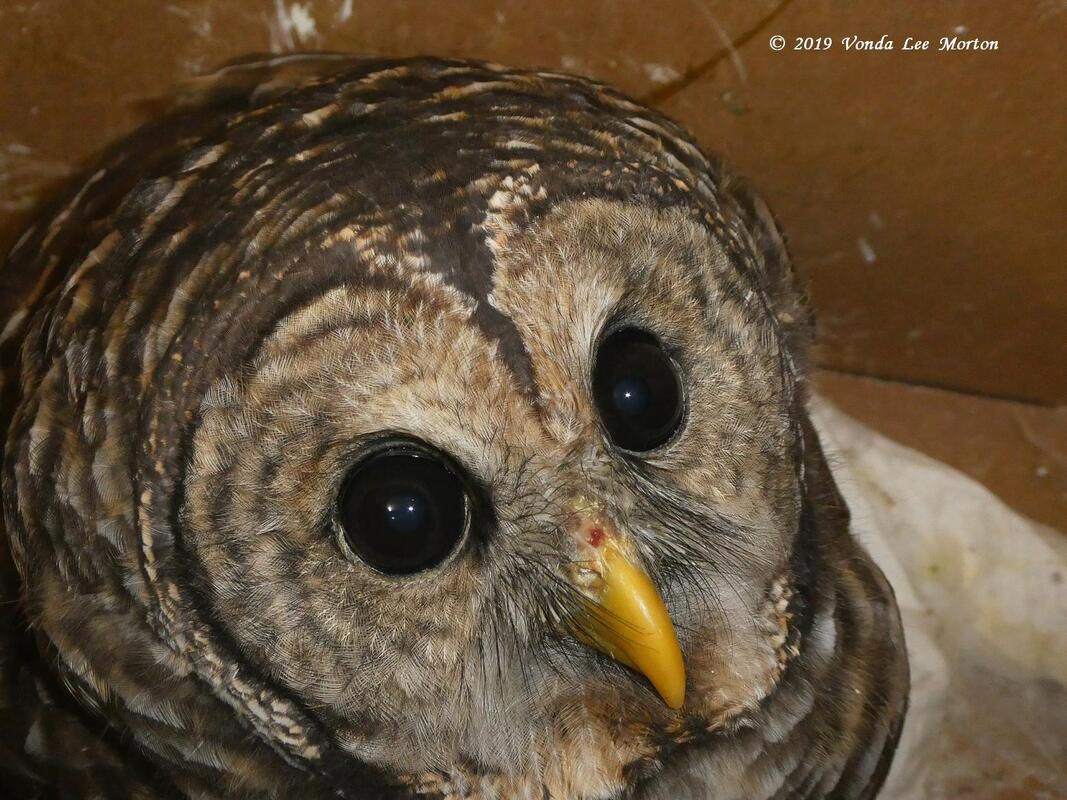
 RSS Feed
RSS Feed
